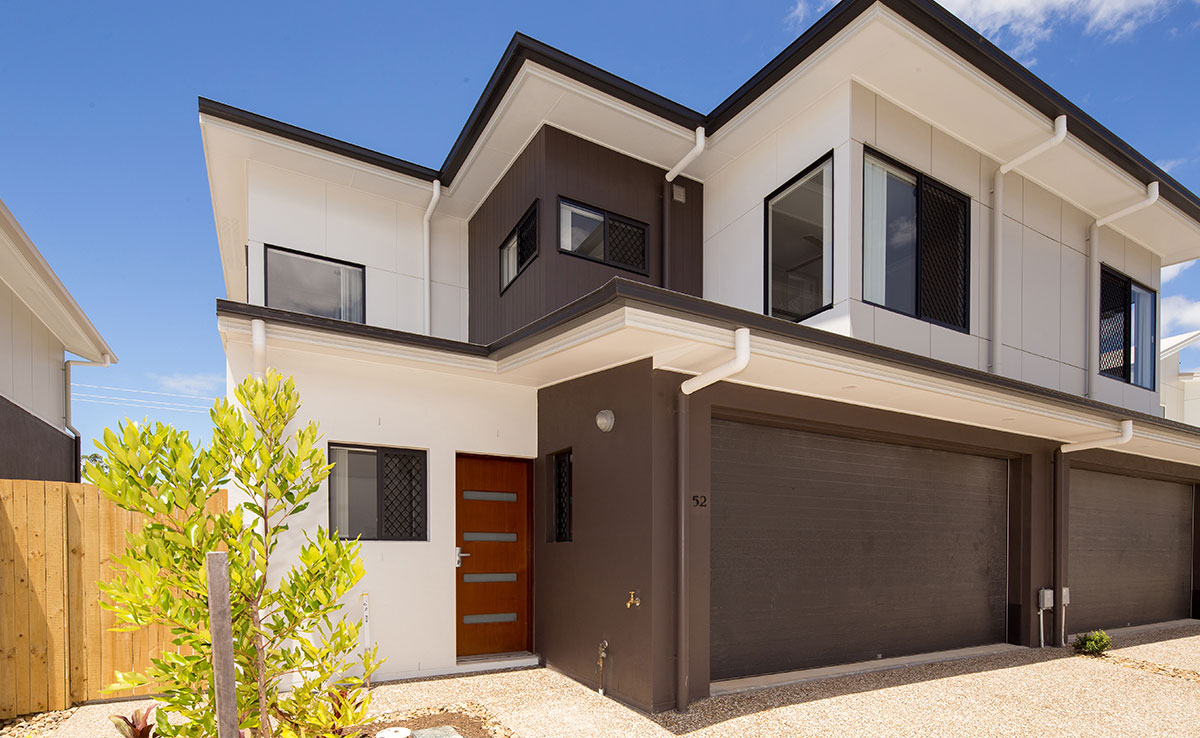What was holding Brisbane back from a higher rate of housing price growth was “the persistent overhang of surplus property listings”, he said.
The report also eased fears of a deep housing correction in Sydney and Melbourne, crediting the actions of regulators to rein in rampaging investor borrowing for those cities’ survival.
“The authorities were right to take action earlier this year to restrict investing lending by banks. Failure to have taken action would have resulted in out-of-control Sydney and Melbourne housing markets, where additional aggressive monetary policy may well have triggered a large fall in dwelling prices in 2018,” he said.
Sydney was expected to grow between 4 to 8 per cent next year, while the highest growth was expected out of Hobart (ranging between 8 to 13 per cent) followed by Melbourne (7 to 12 per cent).
Mr Christopher said in the 12 months to September the capital city average growth was 8.5 per cent, led by Hobart (14.3 per cent), Melbourne (12.1 per cent), Sydney (10.5 per cent, Canberra (7.8 per cent), Adelaide (5 per cent), with Brisbane showing the lowest positive growth in the period of 2.9 per cent.
Perth (-2.9 per cent) and Darwin (-4.7 per cent) were the only capitals in the negative for the 12-month period.



